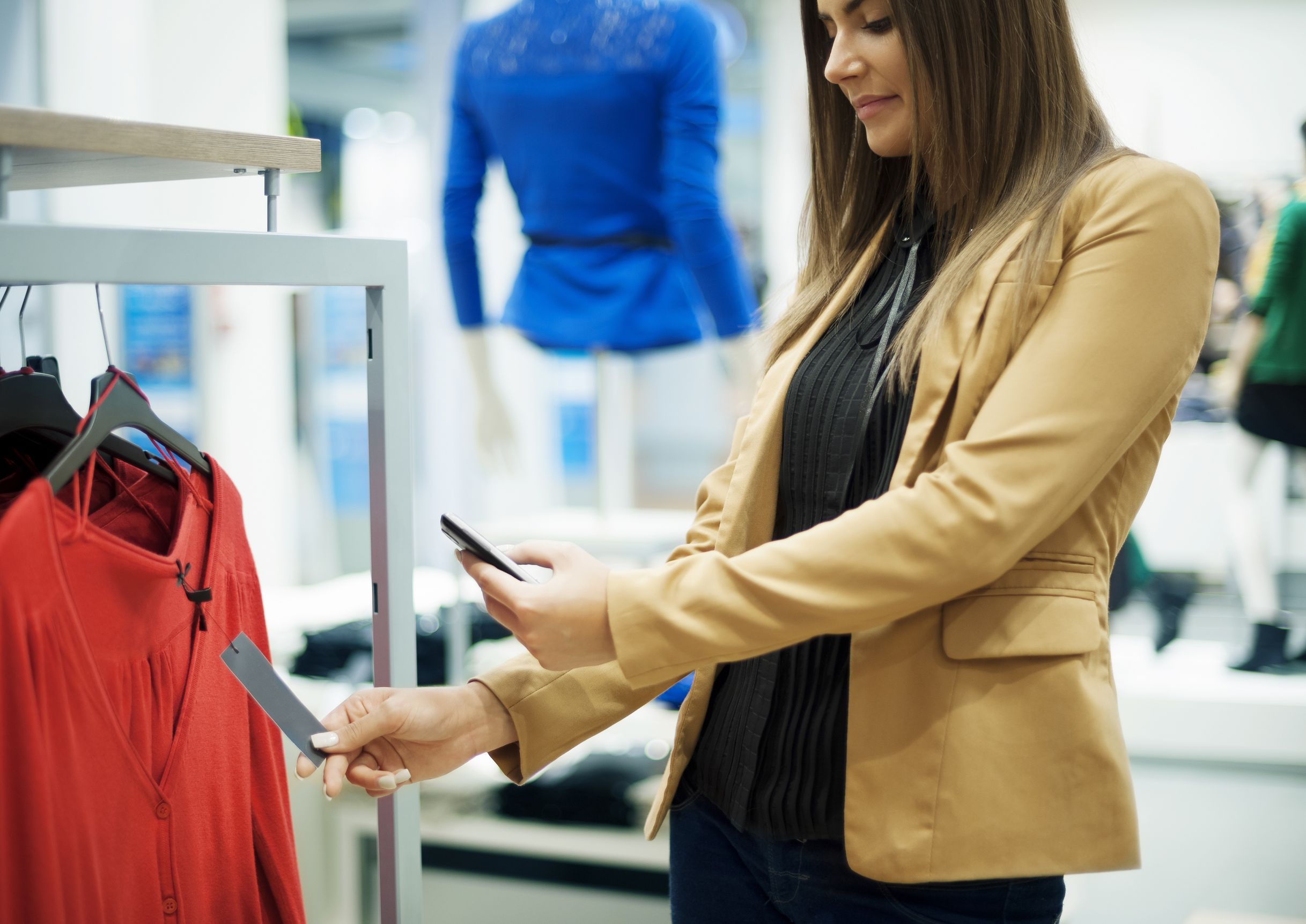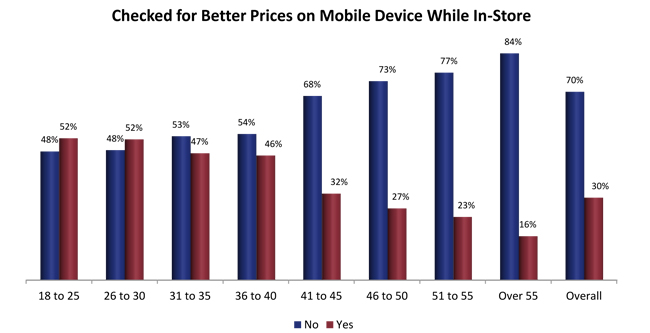The economy of recent years placed price/value on a pedestal above all others, but as we slowly dig out from the depths of economic downturn, consumers are looking to a new standard – trust. Many traditional retailers like Best Buy, Sears and Kmart have been in steady decline, which raises the question: What is missing within their current CRM strategy? The answer is trust. This simple, yet abstract concept is rising to the top as the enduring ingredient that separates the winners from the losers.
How does Showrooming Fit in?
In case you haven’t gotten the unrelenting memo: SHOWROOMING IS NOT A FAD! It is gaining ground beyond electronics, including home-improvement, baby goods and other higher-priced items. Offering customers the best value at the best price remains paramount. But, regardless of price, if shoppers don’t trust the retailer, they’re likely to take their business elsewhere.
For example, Best Buy recently announced a new price-matching strategy to battle showrooming. However, this direction does not guarantee success, and more importantly, it is not sustainable. In fact, according to a recent article from US News, many shoppers who practice showrooming still prefer to shop online, even when the in-store retailer offers the same price. In addition, Gartner estimates that 80 percent of retail sales will still take place at brick-and-mortar outlets in 2016. If it’s not the allure of the online shopping, then…
Holy Toledo, What’s Happening?!
The downfall of declining retailers can be chalked up to losing touch with their consumers and violating their trust. In fact, Best Buy’s approach may do more harm than good, because consumers have risen to a level that allows them to see past these gimmicks, which tend to tarnish a retailer’s reputation. In addition, drastic shifts in pricing policies can be down-right confusing. Consumers may be left scratching their head, thinking ‘who is this retailer anyway?’ This type of flip-flopping offers a compelling case for J.C. Penney’s downward turn.
Turn the Ship Around, Captain!
Retailers on the rise connect with their consumers, focus on the customer experience and lead innovation. Showrooming is not all doom and gloom. Showroomers are in your brick-and-mortar stores, so make it count! A new study from the IAB states that 32% of their respondents who used mobile devices while shopping made an impromptu purchase, compared to only 7% of respondents who didn’t use their mobile device. Now is the time to step back, re-evaluate and determine what customers want and make it happen from start to finish. Leverage this opportunity to regain their trust.
While the idea may seem intuitive, providing an exemplary in-store experience is vital to gaining trust – exceed expectations! More and more companies are developing innovative, non-traditional storefronts to enhance how customers interact with products. That being said, it is important not to overlook convenience. Ensuring your customers have the same convenient delivery options as they do online will add value to their in-store experience. Companies like Walgreens are revolutionizing the customer experience by facilitating seamless ordering and fulfillment across channels for the modern multi-device consumer.
After reading this, you might be thinking, ‘Okay, but how do I discern exactly what my customers want to ensure new implementations work?’ Lean on your Consumer Insights team. More than ever, it is necessary to gather customer data and analyze it to uncover missed opportunities that will arm your Marketing and Operations teams!
For more strategies on how to manage showrooming, check out the article, The five ways retailers can beat showrooming, recently published by Retail Customer Experience.



